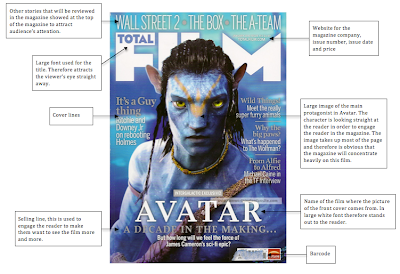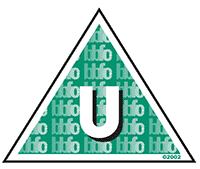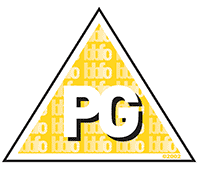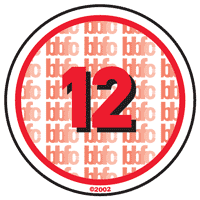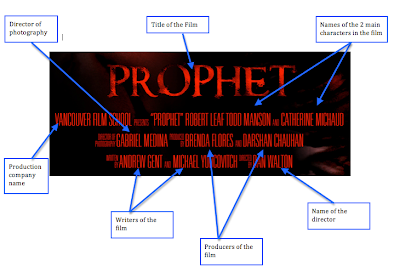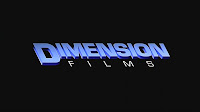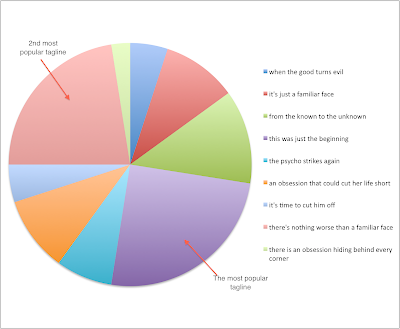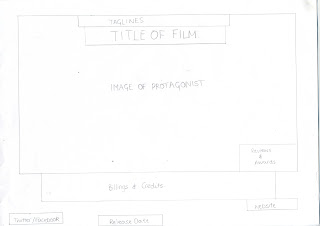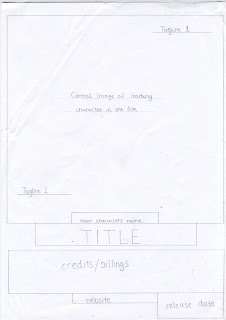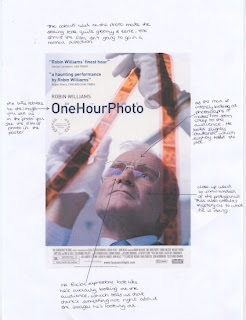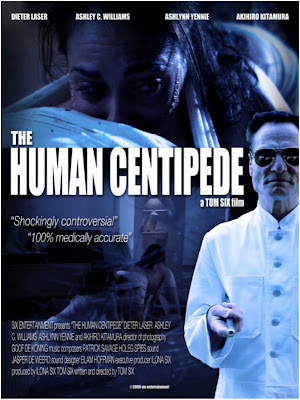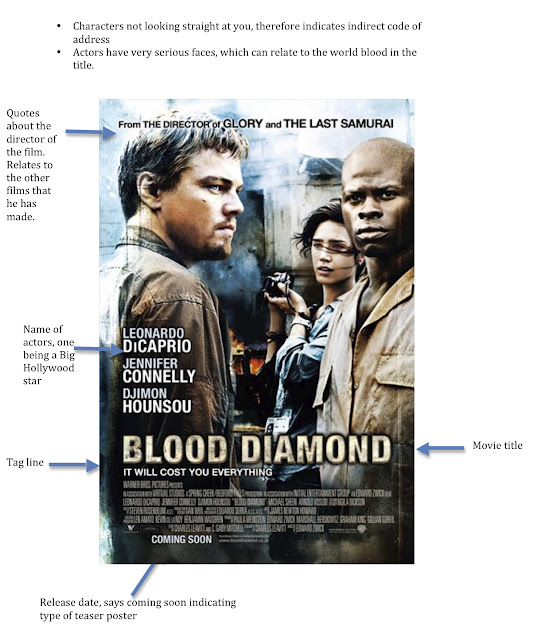In this post I have gone onto the BBFC website to research the guidelines for each classification in order for me to later choose an appropiate certificate for my film.
Universal – Suitable
for all
It is impossible to predict what might upset
any particular child. But a ‘U’ film should be
suitable for audiences aged four years and over. ‘U’ films should be set
within a positive moral framework and should offer reassuring
counterbalances to any violence, threat or horror.
If a work is particularly suitable for a pre-school
child to view alone, this will be indicated in the Consumer Advice.
Discrimination - No
discriminatory language or behaviour unless clearly disapproved of.
Drugs - No
references to illegal drugs or drug misuse unless they are infrequent and
innocuous, or there is a clear educational purpose or anti-drug message suitable
for young children.
Horror - Scary
sequences should be mild, brief and unlikely to cause undue anxiety to
young children. The outcome should be reassuring.
Imitable behaviour - No
potentially dangerous behaviour which young children are likely to copy. No
emphasis on realistic or easily accessible weapons.
Language - Infrequent
use only of very mild bad language.
Nudity - Occasional
natural nudity, with no sexual context.
Sex - Mild sexual
behaviour (for example, kissing) and references only (for example, to ‘making
love’).
Theme - While
problematic themes may be present, their treatment must be sensitive and
appropriate for young children.
Violence - Mild
violence only. Occasional mild threat or menace only.
Parental Guidance - General
viewing, but some scenes may be unsuitable for young children
Unaccompanied children of any age may watch. A ‘PG’
film should not disturb a child aged around eight or older. However,
parents are advised to consider whether the content may upset younger or
more sensitive children.
Discrimination - Discriminatory
language or behaviour is unlikely to be acceptable unless clearly disapproved
of or in an educational or historical context. Discrimination by a
character with which children can readily identify is unlikely to be
acceptable.
Drugs - References
to illegal drugs or drug misuse must be innocuous or carry a suitable anti-drug
message.
Horror - Frightening
sequences should not be prolonged or intense. Fantasy settings may be a
mitigating factor.
Imitable behaviour - No detail
of potentially dangerous behaviour which young children are likely to copy.
No glamorisation of realistic or easily accessible weapons.
Language - Mild bad
language only.
Nudity - Natural
nudity, with no sexual context.
Sex - Sexual
activity may be implied, but should be discreet and infrequent. Mild sex references
and innuendo only.
Theme - Where more
serious issues are featured (for example, domestic violence) nothing in their
treatment should condone unacceptable behaviour.
Violence - Moderate
violence, without detail, may be allowed, if justified by its context (for example,
history, comedy or fantasy).

Suitable for 12 years and over
Exactly the same criteria are used to classify works at ‘12A’ and ‘12’.
These categories are awarded where the material is suitable, in general,
only for those aged 12 and over. Works classified at these categories may
upset children under 12 or contain material which many parents will find
unsuitable for them.
The ‘12A’ category exists only for cinema films. No one younger than 12 may
see a ‘12A’ film in a cinema unless accompanied by an adult, and films classified
‘12A’ are not recommended for a child below 12. An adult may take a
younger child if, in their judgement, the film is suitable for that particular
child. In such circumstances, responsibility for allowing a child under 12
to view lies with the accompanying adult.
The ‘12’ category exists only for video works. No one younger than 12
may rent or buy a ‘12’ rated video work.
Discrimination - Discriminatory
language or behaviour must not be endorsed by the work as a whole.
Aggressive discriminatory language or behaviour is unlikely to be acceptable
unless clearly condemned.
Drugs - Any misuse of drugs must be infrequent
and should not be glamorised or give instructional detail.
Horror - Moderate physical and psychological
threat may be permitted, provided disturbing sequences are not frequent or
sustained.
Imitable behaviour - Dangerous
behaviour (for example, hanging, suicide and self-harming) should not dwell
on detail, which could be copied, or appear pain or harm free. Easily accessible
weapons should not be glamorised.
Language - Moderate
language is allowed. The use of strong language (for example, ‘fuck’) must
be infrequent.
Nudity - Nudity is allowed, but in a sexual
context must be brief and discreet.
Sex - Sexual activity may be briefly and
discreetly portrayed. Sex references should not go beyond what is suitable
for young teenagers. Frequent crude references are unlikely to be
acceptable.
Theme - Mature themes are acceptable, but their
treatment must be suitable for young teenagers.
Violence - Moderate
violence is allowed but should not dwell on detail. There should be no emphasis
on injuries or blood, but occasional gory moments may be permitted if justified
by the context. Sexual violence may only be implied or briefly and discreetly
indicated, and must have a strong contextual justification.
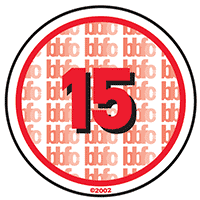
Suitable only for 15 years and over
No one younger than 15 may see a ‘15’ film in a cinema. No one
younger than 15 may rent or buy a ‘15’ rated video work.
Discrimination - The work as
a whole must not endorse discriminatory language or behaviour.
Drugs - Drug taking may be shown but the
film as a whole must not promote or encourage drug misuse. The misuse of
easily accessible and highly dangerous substances (for example, aerosols
or solvents) is unlikely to be acceptable.
Horror - Strong threat and menace are
permitted unless sadistic or sexualised.
Imitable behaviour - Dangerous
behaviour (for example, hanging, suicide and self-harming) should not
dwell on detail, which could be copied. Easily accessible weapons should not
be glamorised.
Language - There may
be frequent use of strong language (for example, ‘fuck’). The strongest
terms (for example, ‘cunt’) may be acceptable if justified by the context.
Aggressive or repeated use of the strongest language is unlikely to be
acceptable.
Nudity - Nudity may be allowed in a
sexual context but without strong detail. There are no constraints on
nudity in a non-sexual or educational context.
Sex - Sexual activity may be portrayed
without strong detail. There may be strong verbal references to sexual
behaviour, but the strongest references are unlikely to be acceptable
unless justified by context. Works whose primary purpose is sexual arousal
or stimulation are unlikely to be acceptable.
Theme - No theme is prohibited, provided
the treatment is appropriate for 15 year olds.
Violence - Violence
may be strong but should not dwell on the infliction of pain or injury. The
strongest gory images are unlikely to be acceptable. Strong sadistic or sexualised
violence is also unlikely to be acceptable. There may be detailed verbal
references to sexual violence but any portrayal of sexual violence must be
discreet and have a strong contextual justification.
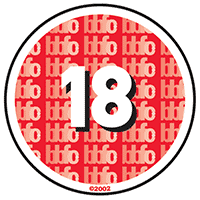
Suitable only for adults
No-one younger than 18 may see an ‘18’ film in a cinema.
No-one younger than 18 may rent or buy an ‘18’ rated video.
In line with the consistent findings of the BBFC’s public consultations
and The Human Rights Act 1998, at ‘18’ the BBFC’s guideline concerns will
not normally override the principle that adults should be free to choose
their own entertainment. Exceptions are most likely in the following
areas:
▪
where the
material is in breach of the criminal law, or has been created through the
commission of a criminal offence
▪
where
material or treatment appears to the BBFC to risk harm to individuals or,
through their behaviour, to society – for example, any detailed portrayal
of violent or dangerous acts, or of illegal drug use, which may cause harm
to public health or morals. This may include portrayals of sexual or sexualised violence
which might, for example, eroticise or endorse sexual assault
▪
where there
are more explicit images of sexual activity, which cannot be justified by
context. Such images may be appropriate in ‘R18’ works, and in ‘sex works’ (see
below) would normally be confined to that category.
In the case of video works (including video games), which may be more
accessible to younger viewers, intervention may be more frequent than for
cinema films.
Sex education at ‘18’ - Where sex
material genuinely seeks to inform and educate in matters such as human sexuality,
safer sex and health, explicit images of sexual activity may be permitted.
Sex works at ‘18’ - Sex works
are works whose primary purpose is sexual arousal or stimulation. Sex works containing
only materials, which may be simulated, are generally passed ‘18’. Sex works containing
clear images of real sex, strong fetish material, sexually explicit animated
images, or other very strong sexual images will be confined to the ‘R18’ category.
Material, which is unacceptable in a sex work at ‘R18’, is also unacceptable in
a sex work at ‘18’.
